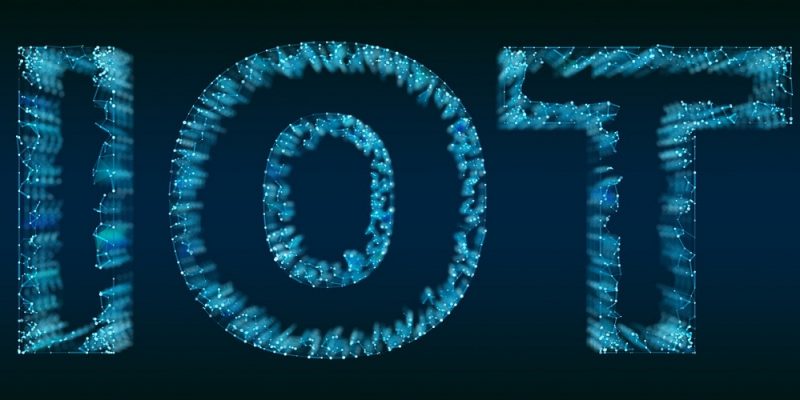 Cyber crooks continue to exploit COVID-19 for their malicious schemes
Cyber crooks continue to exploit COVID-19 for their malicious schemes
A time of chaos is a time for opportunity for unscrupulous individuals and groups, and COVID-19 is seemingly an unmissable boon for cyber crooks. We’ve already covered a variety of COVID-19-themed scams, phishing attempts, hoaxes and malware delivery campaigns, but new and inventive approaches are popping up daily. The latest schemes and scams that exploit…









